Get to Know the Snakes in Darwin
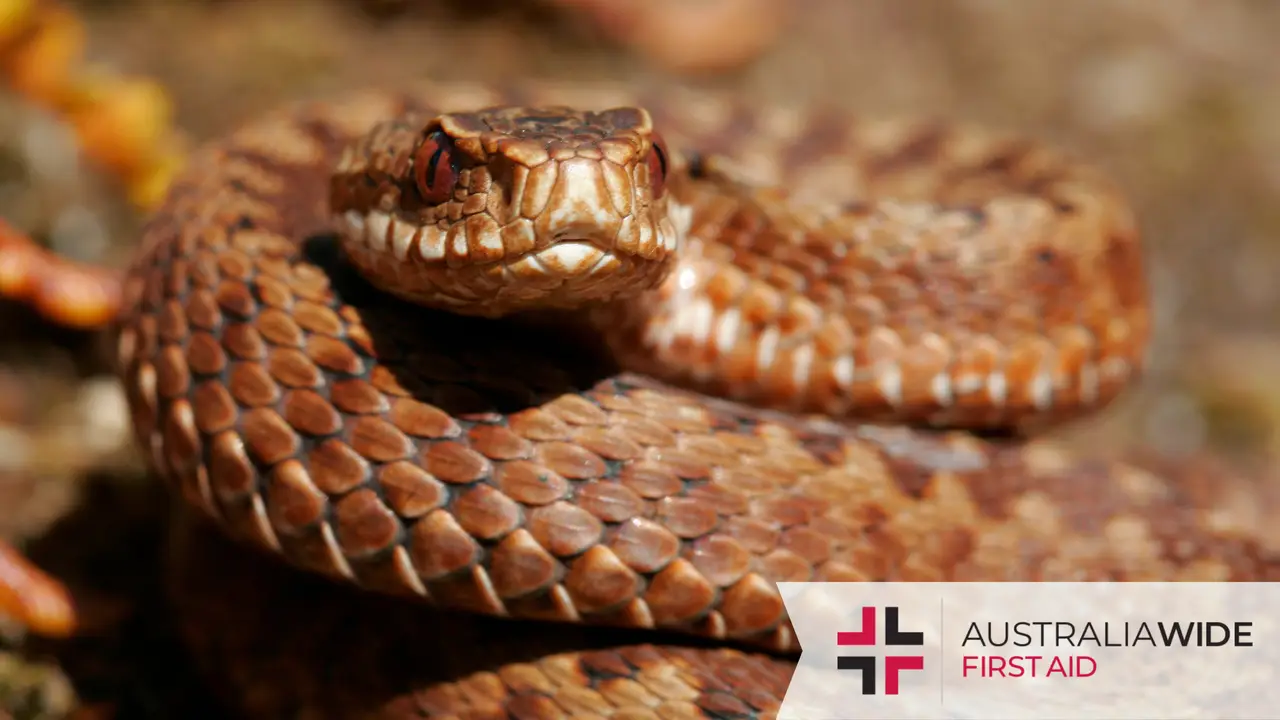

The Darwin region of the Northern Territory is home to over 40 native snake species.
These snakes can range from the perfectly harmless to the virtually deadly.
Continue reading for more information about the main identifying characteristics and preferred habitats of seven of Darwin's most common snake species.
Only by increasing your awareness of snakes can you decrease your risk of a snake bite.
We also cover snake bites in our general and childcare first aid courses - head to our website to find and enrol at a training location near you, including Darwin!
Golden tree snakes are frog eaters and so thrive in urban areas where there are plenty of green tree frogs, as well as trees and hollows in which they can shelter.
Though they are not venomous, they can emit a foul odour if handled firmly.
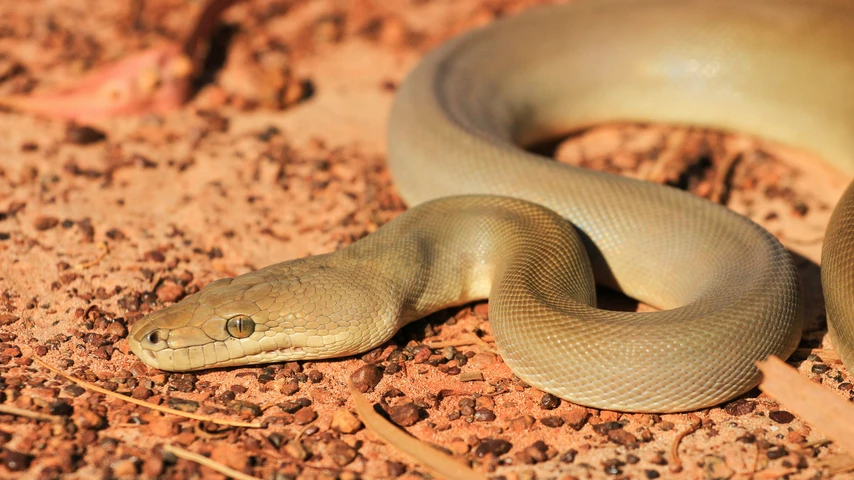
These non-venomous, ground-dwelling snakes typically inhabit rocky areas and gorges, where they shelter in rocks, caves, and hollow logs and prey on birds, mammals, and other reptiles.

They can inhabit a wide range of habitats from rainforest and dry woodland to suburban backyards and highly disturbed farmland, where they mostly feed on mammals.
Though they are not venomous, they can bite if provoked and cause significant lacerations or punctures.
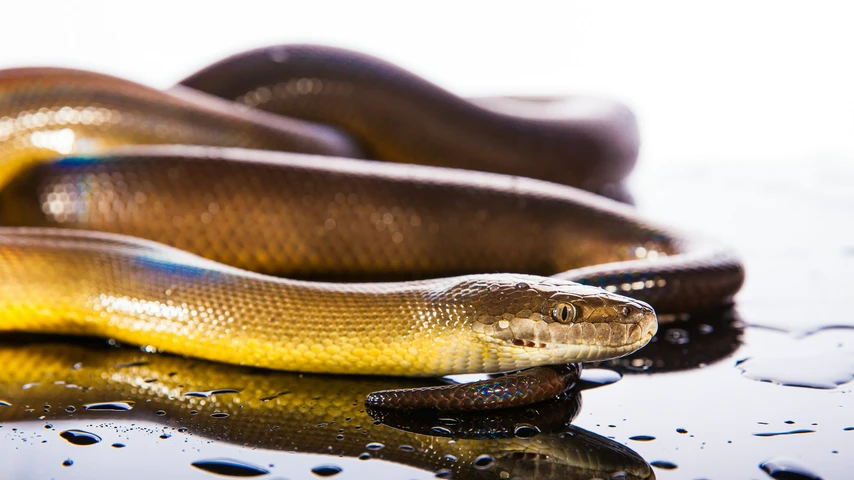
Water pythons are non-venomous, semi-aquatic, and generally encountered close to rivers, creeks, and other freshwater sources. Here, they prey on a variety of animals, including rats, wallabies, and water birds.

The Slatey grey snake is generally found in moist forests and open grass and woodlands with floodplains. Here, they shelter beneath rocks, logs, and leaf litter and prey on mammals, birds, and frogs.
Though they are not venomous, they can react aggressively and emit a foul odour if disturbed.
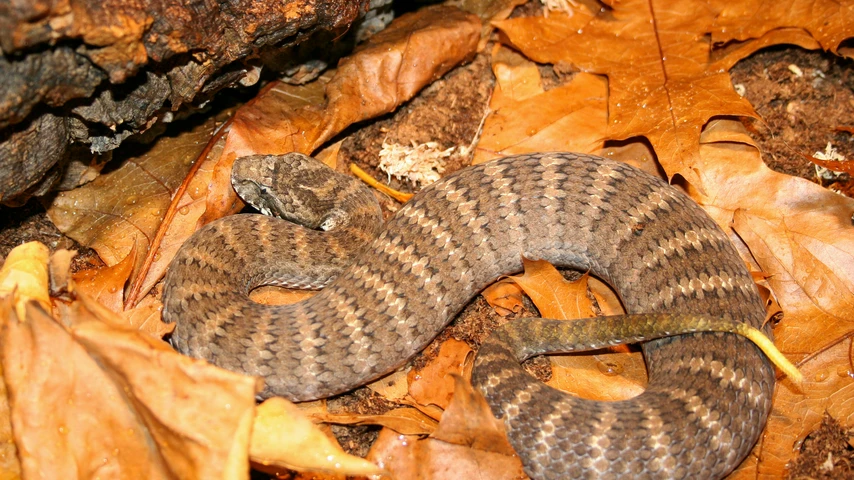
Death adders are common in forests, woodlands, and heath, where they cover themselves with leaves to ambush frogs, lizards, and birds.
They are highly venomous snakes - in fact, before the introduction of antivenom, 60% of their bites to humans were fatal.
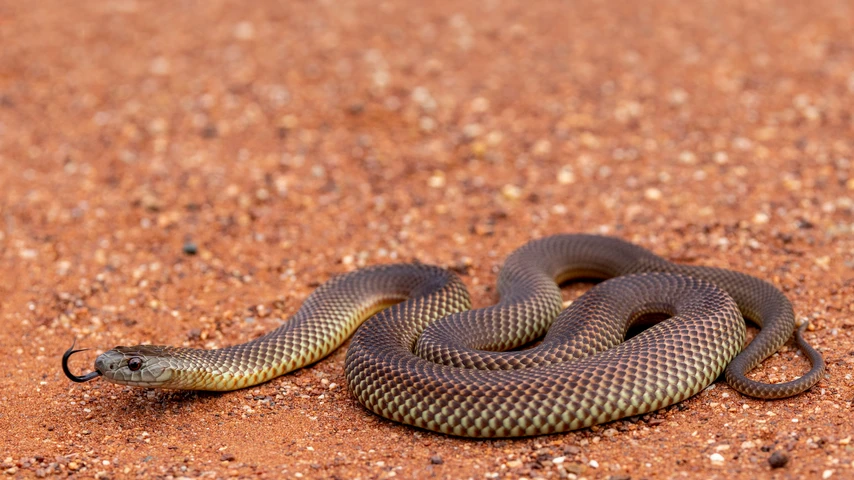
The Mulga snake can occur in a broad range of habitats, from closed tropical monsoon forest to sandy desert. Here, they shelter in disused animal burrows, soil cracks, and under large rocks and feed mostly on vertebrate prey.
They are considered dangerous snakes, as their venom is highly toxic and can disrupt nerve, muscle, and red blood cells.
It is important to remember, snakes of the same species can vary dramatically in colour, pattern, and size.
As such, all snake bites should be treated as venomous until proven otherwise by a doctor at a hospital.
To learn how to identify and manage a snake bite, head to our article on snake bite first aid. And if you need a snake relocated from your property, contact a professional snake catcher.
We also cover snake bites in our general and childcare first aid courses.
Our training locations can be found in every state, capital city, and major town throughout Australia, including Darwin.
Head to our website to find and enrol at a training location near you.
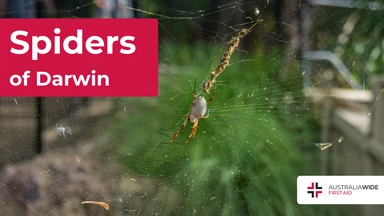
March 11, 2025
Darwin, the tropical capital of Australia’s Northern Territory, is home to a rich diversity of wildlife - including an impressive array of spiders. From the sprawling webs of golden orb-weavers to the cryptic camouflage of trapdoor spiders, these arachnids play a vital role in the local ecosystem. While some may inspire fear, the majority are harmless and even beneficial, helping to control insect populations.

September 4, 2024
Cat bites, while often underestimated, can lead to serious health complications if not treated promptly and properly. Cats' mouths harbour a variety of bacteria that can cause infections in humans.

April 1, 2024
Encounters with wildlife can often be thrilling, but when it comes to the creature known as the drop bear, the experience can quickly turn dangerous. A sharp increase in recent attacks prompts the need for understanding proper first aid procedures in case of an attack.